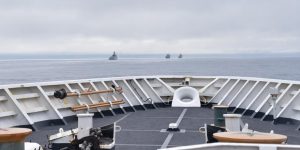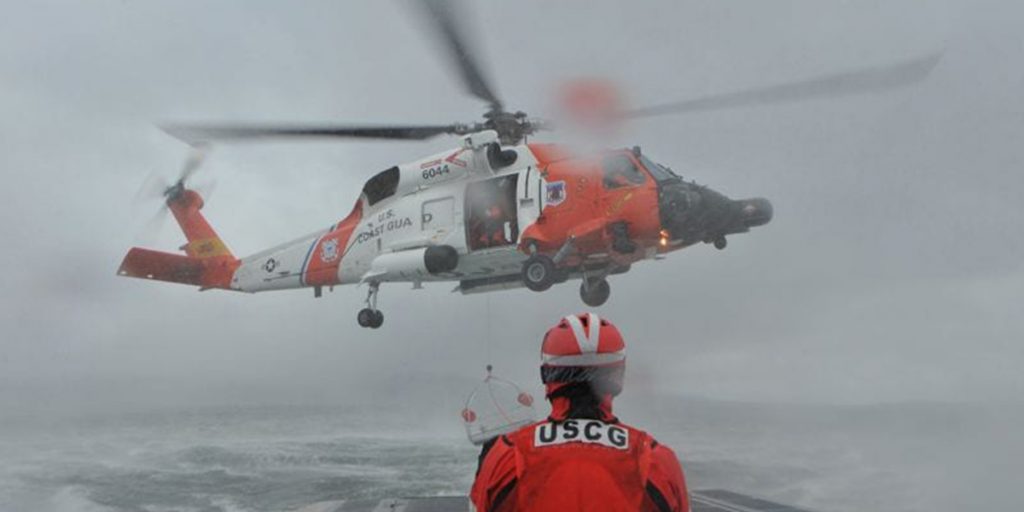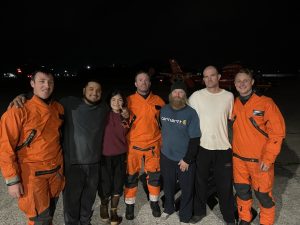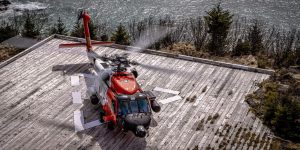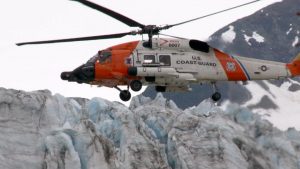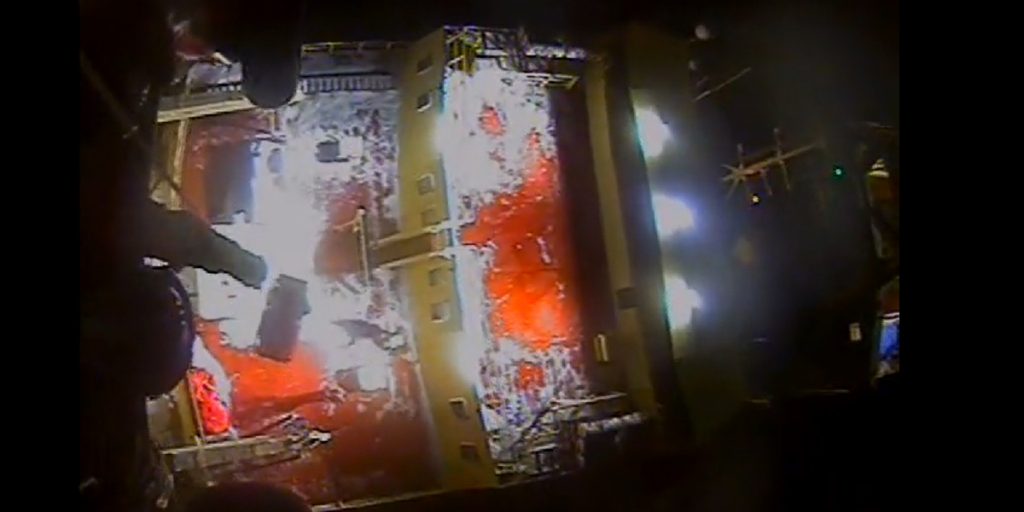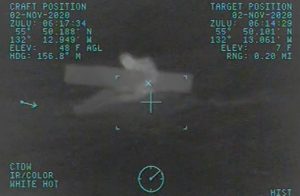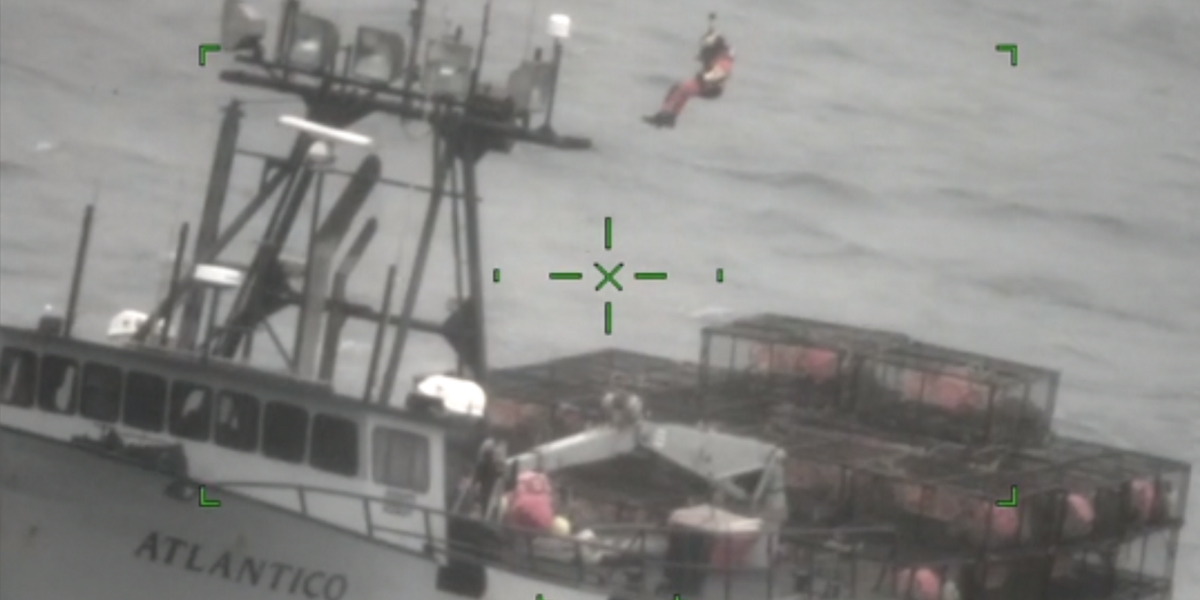Injured Fisherman Medevaced from F/V Patricia Lee
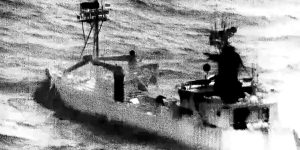 An injured fisherman was medevaced from a fishing boat on 10/19/2021 after sustaining serious injuries to his pelvic region. It is reported that the crewmember became pinned by a crab pot while working on deck. The F/V PATRICIA LEE was located about 225 miles west of Dutch Harbor at the time of the accident.
An injured fisherman was medevaced from a fishing boat on 10/19/2021 after sustaining serious injuries to his pelvic region. It is reported that the crewmember became pinned by a crab pot while working on deck. The F/V PATRICIA LEE was located about 225 miles west of Dutch Harbor at the time of the accident.
The master of the 117-foot F/V PATRICIA LEE contacted Watchstanders in the 17th District command center in Juneau to request a medevac at about 4 p.m. The fishing vessel made its way toward Dutch Harbor as Command center personnel directed the launch of the Air Station Kodiak helicopter crew from Cold Bay. In an effort to provide backup, an additional MH-60 Jayhawk aircraft crew and a Coast Guard C-130 Hercules aircraft crew were launched from Air Station Kodiak.
The MH-60 Jayhawk helicopter crew from Coast Guard Air Station Kodiak hoisted the injured fisherman at approximately 11:50 p.m., then he was flown to Dutch Harbor and placed in the care of awaiting LifeMed personnel.
 Maritime Injury Law Blog
Maritime Injury Law Blog


